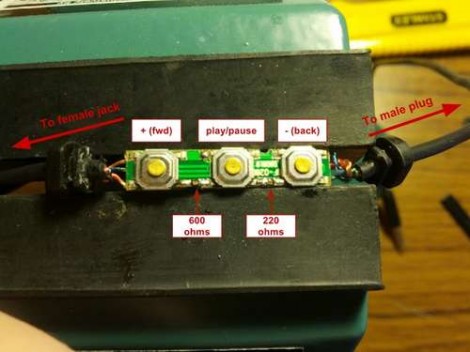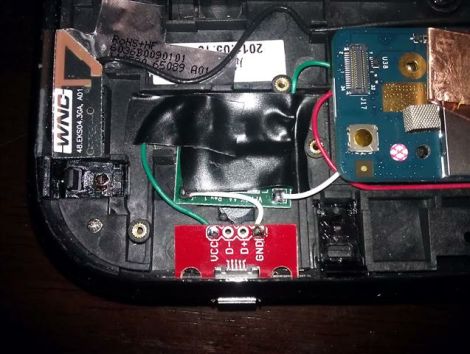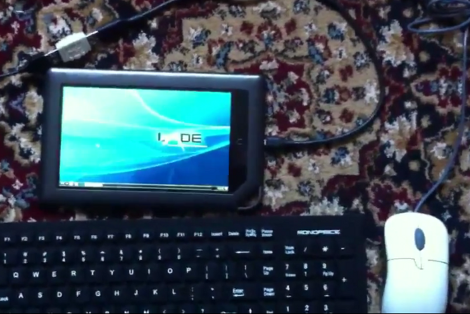
Here’s a very easy way to trigger your DSLR camera using an Android device. It’s a similar method used with IR triggered cameras, in that all you need to do is assemble some simple hardware to plug into the headphone jack. The app that triggers the camera simply plays back a well crafted audio file to do so. The thing that this cable adds is the ability to use the focus feature, since the cable has two data lines.
The hardware is dead-simple. A pair of NPN transistors and a pair of resistors are hosted by this small chunk of strip board. The audio jack for Android uses left and right audio channels to drive the base of these transistors. On the camera side of things the transistors are pulling the focus, and shutter contacts to ground. Once this is covered with shrink tubing it’ll be pretty rugged, and ready to be thrown in your camera bag for use on short notice.
[Thanks Hannes]
















